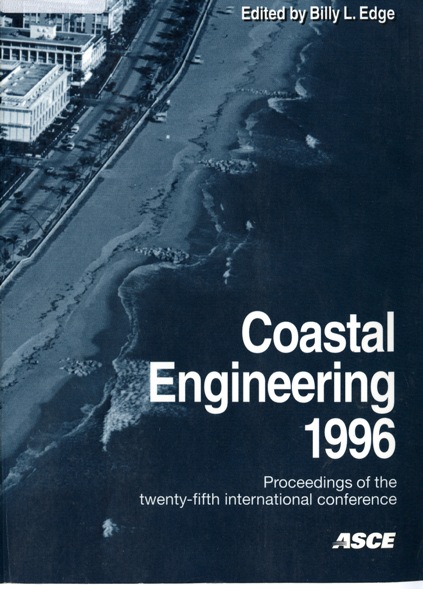Abstract
After a storm, thousands of dead bivalves washed upon a beach are sometimes observed. Bivalves are important not only as the marine products but also as the index of the quality of coastal environment. Hence, the field observations of the distribution of bivalves in a coastal zone; and the laboratory experiments on the characteristics of the behavior of bivalves have been performed. An interesting result is found by Yamashita and Matsuoka (1994) in a laboratory experiment on the burrowing process of bivalves under eroding condition due to the oscillatory flow: even when the descending velocity of a sand surface is sufficiently smaller than the burrowing velocity of bivalves, some bivalves cannot stay in the sand layer and are picked-up by oscillatory flow. In this study, the physical background of their results are considered from a viewpoint of sediment transport mechanics. Two important aspects are investigated: the one is the stochastic aspect of the burrowing process of bivalves; and the other is the reverse grading phenomena observed in motion of mixed-size grains.
Authors retain copyright and grant the Proceedings right of first publication with the work simultaneously licensed under a Creative Commons Attribution License that allows others to share the work with an acknowledgement of the work's authorship and initial publication in this Proceedings.

